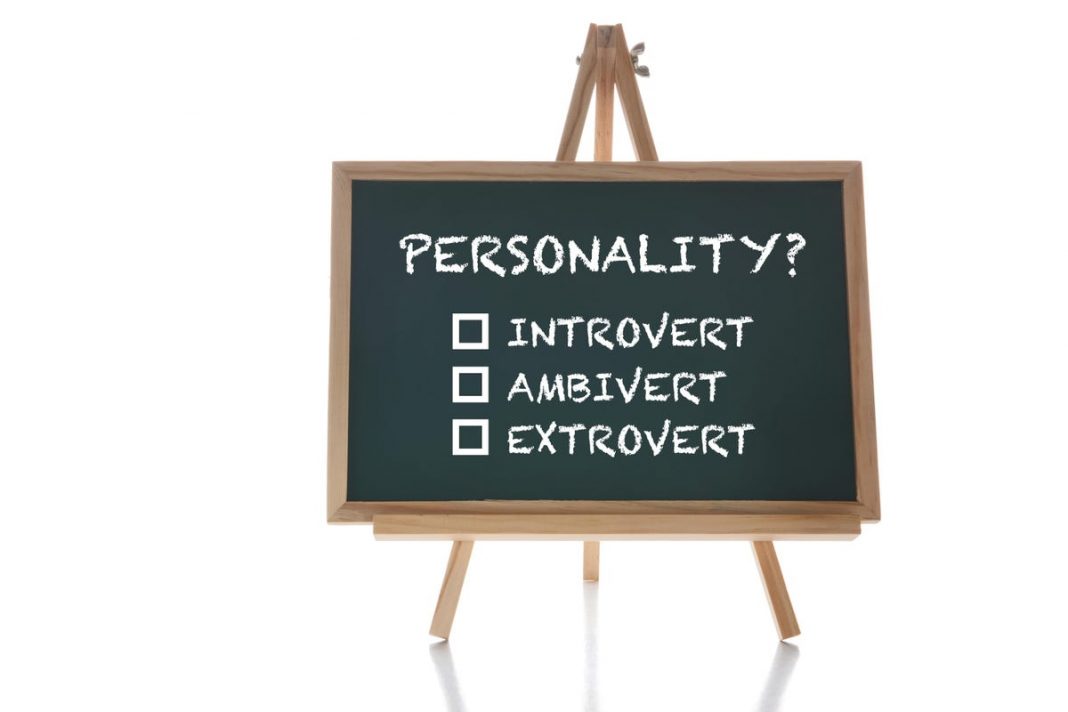Human personality type concept and shy or outgoing person idea
getty
It is crucial to tap into the different personality traits in your workplace to cultivate a supportive, inclusive atmosphere. There are extensive studies in personality psychology examining the dynamic ways we think, feel and behave. For simplicity, this article will focus on the following personality traits: extrovert, ambivert and introvert. However, be aware that personality traits lie on a spectrum and will likely evolve throughout one’s lifetime.
Here are common traits associated with extroverts, introverts and ambiverts:
- Get their high energy, motivation and social stimulation from engaging with others in group environments.
- Are warm, talkative, enthusiastic, friendly and enjoy being the center of attention.
- Are active in meetings and confidently speak and participate in group settings.
- Openly and freely discuss problems and ask questions.
- Are flexible, adaptable and spontaneous when faced with unforeseen issues.
- Recharge and refocus their energy by carving out important alone time away from others.
- Prefer to observe rather than speak and are more self-aware.
- Are reserved and more likely to internalize and participate in quiet reflection rather than communicate problems or ask for guidance.
- Prefer smaller groups and fewer interactions.
- Open up slowly and desire deeper conversations over small talk.
You may find that you exhibit some of both introvert and extrovert qualities. That means you’re most likely an ambivert. Data indicates that ambiverts are more common than introverts or extroverts. Adam Grant, an organizational psychologist, stated in a Wall Street Journal interview that he estimates ambiverts comprise between one half to two-thirds of the population.
- Are more assertive, enthusiastic, empathic and stable.
- Thrive in the spotlight in social situations, as well as enjoy personal, quiet downtime.
- Are naturally skilled and effective communicators.
- Learn towards indecision since they are open to most things.
- Are chameleon-like, comfortable in small talk, group settings and intimate conversations.
Here are four best meeting practices to help all of the introverts, extroverts and ambiverts at your company succeed:
- Distribute all information, agendas, questions, problems, brainstorms or talk points in advance. Preparation beforehand allows everyone the advantage to process, digest and prepare thoughtful feedback without being caught off guard.
- Start meetings with unique icebreakers. Engaging, lighthearted activities are highly effective team-building tools that cater to all personality types. Liz Fosslien, Head of Content at Humu recommends a fun prompt that’s easily answered. Her personal favorite is, “What food is underrated?” Other popular go-to activities are two truths and a lie and “would you rather…” questions. Fosslien states that when we speak up in the first ten minutes of a meeting, we find it easier to chime in again later.
- Encourage inclusive participation in a multitude of ways. For example, instead of putting people on the spot, try splitting into smaller groups (or breakout groups if virtual) that feel less intimidating. Adapt different methods, like providing a talking stick, for those less inclined to participate while simultaneously encouraging interrupters opportunities for increased self-awareness. Or have participants write their suggestions, ideas, feedback on paper that gets displayed on a whiteboard for everyone to see.
- Ask questions. Directly ask your employees for written feedback on their ideal work day, how they like to communicate, what tools, methods or practices they need to get their work done, how they prefer meetings, how they recharge, etc. Learn how your team thrives and where there is room for improvement to encourage and best support them.
It is imperative to acknowledge and effectively lead by taking into account each individual’s personality. Try the above tricks for your next meeting and see how the group dynamic transforms for the better.




